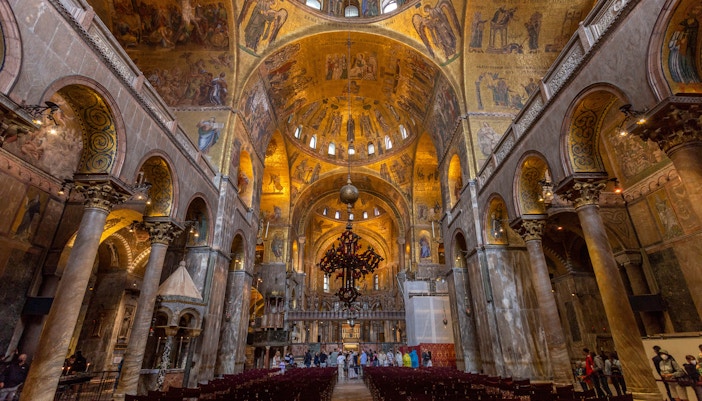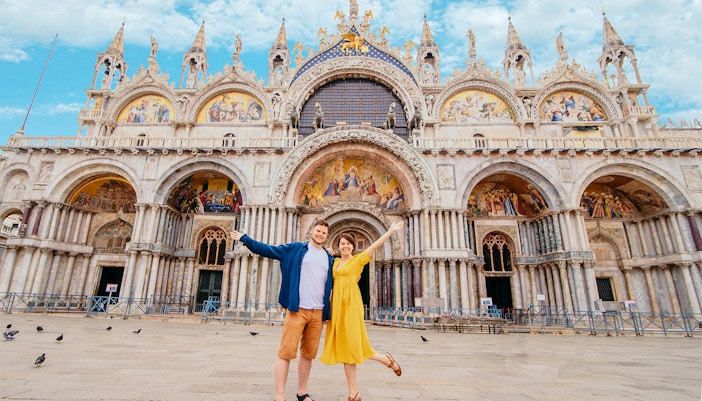The Basilica di San Marco was originally built to enshrine the relics of a saint, which had been brought to Venice by traders in a barrel filled with pork after being secretly taken from Egypt. During a treacherous storm that threatened to overturn the ship, the saint's ghost appeared to guide the sailors to lower the sails, saving them from impending disaster. As a testament to this miraculous event, a fresco depicting the supernatural intervention was made, and you can see this inside the basilica.
History of St. Mark’s Basilica

Origins in the 9th Century
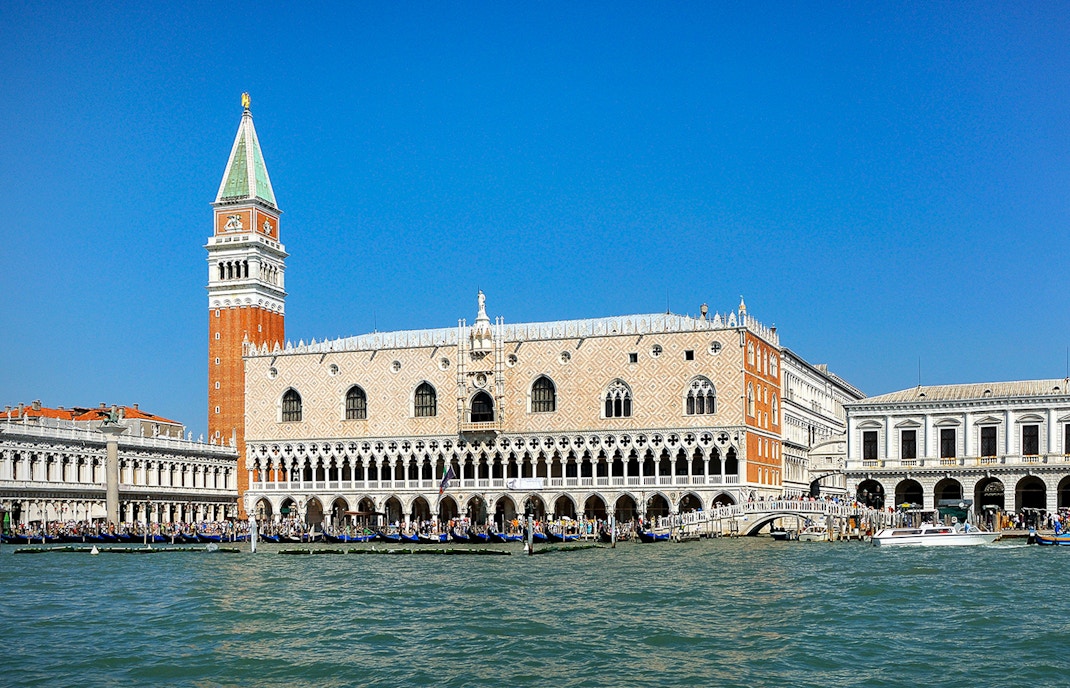
Reconstruction & Rebirth
976 AD - 978 AD
In 976 AD, a populist uprising targeted the Doge, resulting in the furious mob setting fire to the castrum. The flames swiftly engulfed the adjoining church, severely damaging it. Consequently, the assembly relocated the Doge election ceremony to San Pietro di Castello. Despite damage, the basilica's core structure endured. Over time, successive Doges oversaw rebuilds and expansions after fires, shaping its architectural evolution.
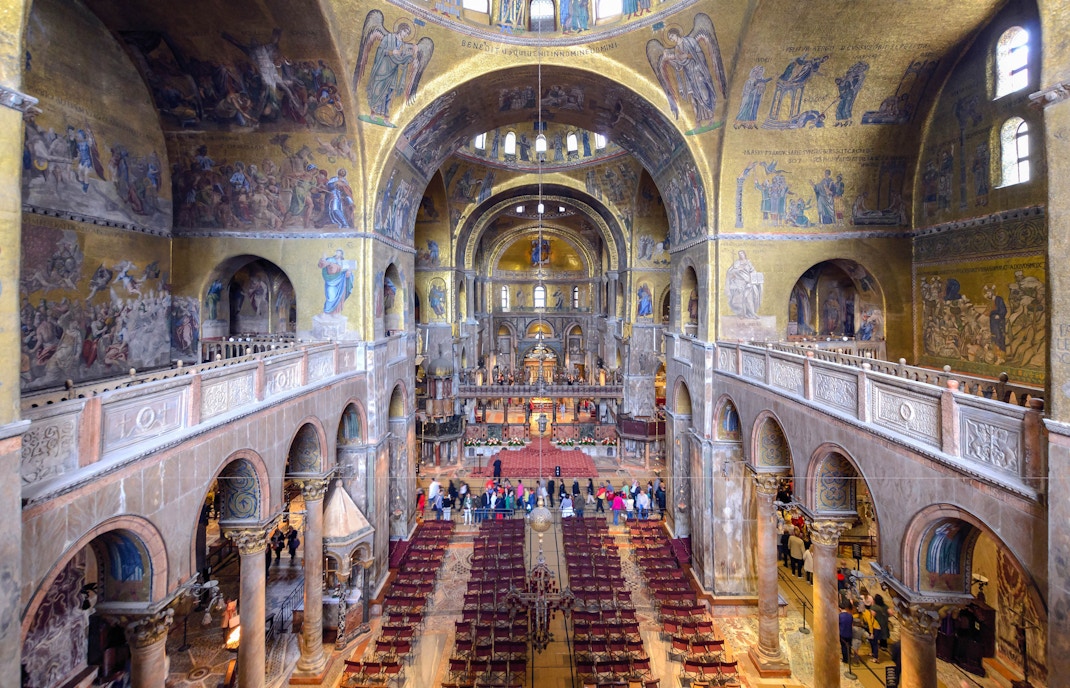
Ambitious construction projects
1063 AD - 1094 AD
The 11th century witnessed ambitious construction initiatives that transformed St. Mark's Basilica into its enduring form. Under the patronage of Domenico Contarini, significant construction projects elevated the architectural landscape and grand appeal of basilica. A pivotal moment arrived in 1094 AD when Vitale Falier presided over the basilica's consecration, cementing its spiritual importance as a revered center of faith in Venice.
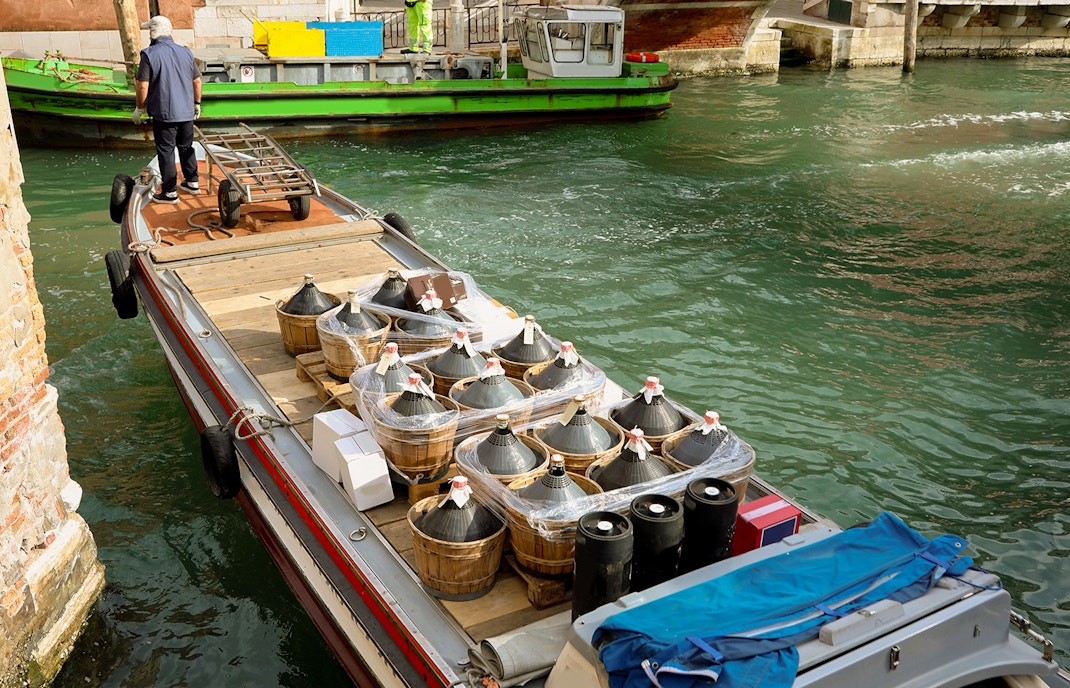
Relations with the East
800 - 1300 AD
Venice's intensified trade, cultural exchanges, and maritime dominance catalyzed its influence in the Eastern Mediterranean. The city-state emerged as a vital hub for commerce and cultural interaction with Byzantium. In the 12th century, Venice's pivotal involvement in the Fourth Crusade significantly altered its destiny. The campaign secured vast riches and art treasures from Byzantium, strengthening Venice's regional dominance and cultural prosperity.
Influence of the Fourth Crusade
12th - 15th Century
In 1204, the Fourth Crusade brought plundered treasures from Constantinople to St. Mark's, enhancing its artistic wealth and stature. Throughout the 13th to 15th centuries, St. Mark's Basilica prominently showcased Byzantine and Eastern artistic styles, influencing its architecture, art, and cultural essence. It also shaped the basilica's unique appearance and cultural position, symbolizing Venice's enduring ties to the East.
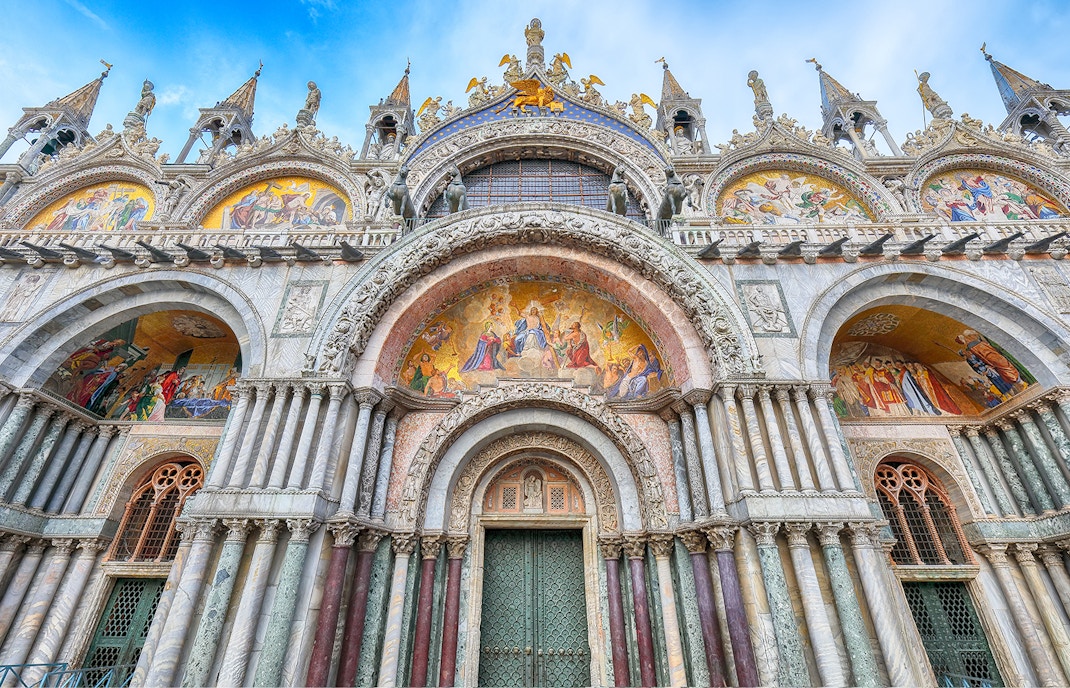
Transformation in the 19th Century
1807 AD
During the 19th century, marked political changes redefined St. Mark's Basilica's role. In 1807, under Napoleon's orders, the basilica underwent a significant transformation. It ceased to serve solely as a symbol of the city's historical and religious significance and was repurposed as the seat of the Patriarch of Venice. The basilica shifted its role to become more ecclesiastical, concluding a thousand-year association with the Venetian Doges.

